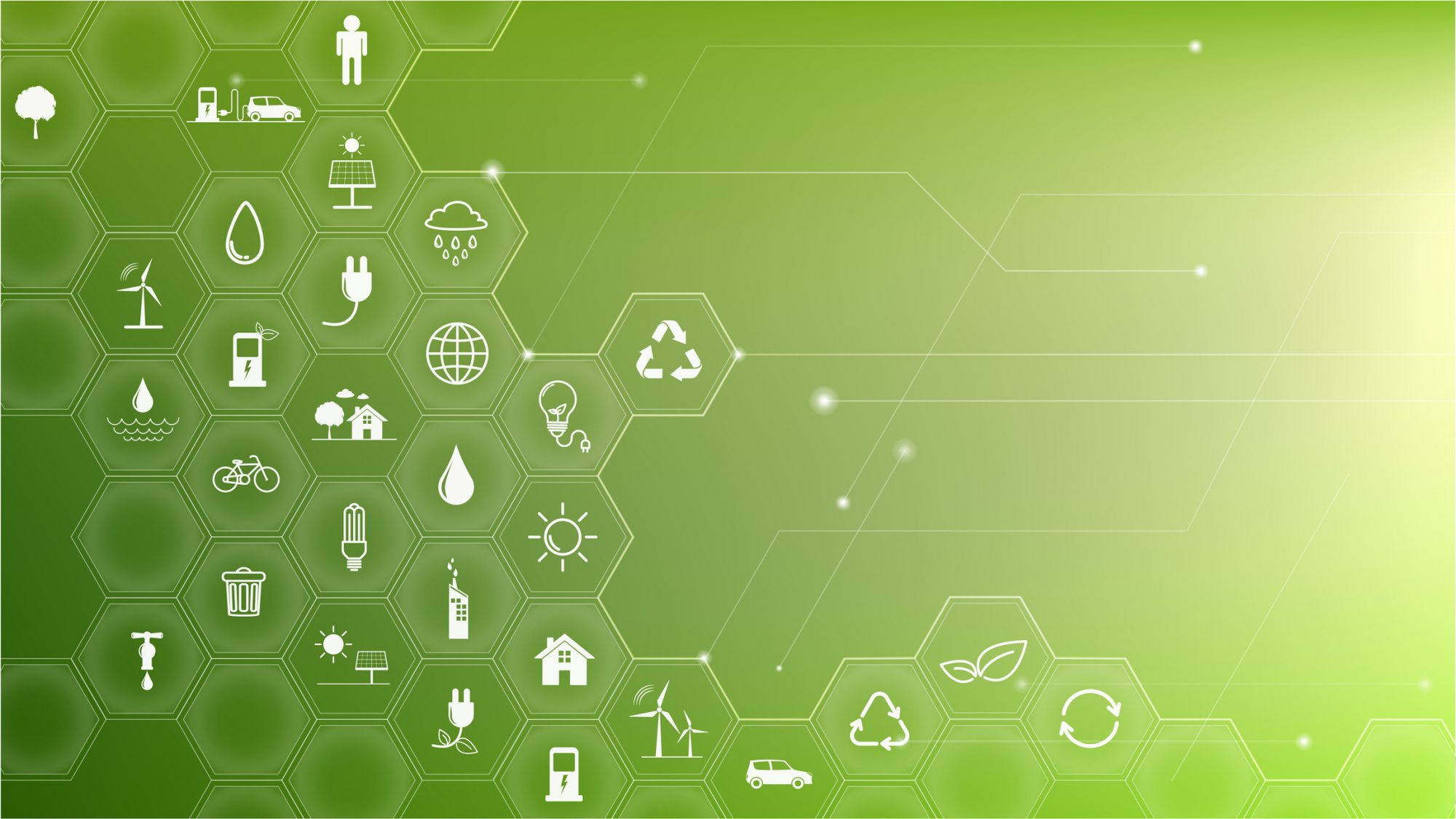As Kermit the Frog famously sang, “it’s not easy being green,” yet it’s critical for our planet’s survival that we figure it out.
Ironically, the very tech we’re using to help in that effort could be making things worse. A 2019 survey conducted by Informa revealed that while datacentres use 3 percent of the world’s electricity, energy efficiency was only number four on IT leaders’ priority lists when creating a new datacentre. Yet those datacentres run the artificial intelligence and machine learning being used to understand and combat greenhouse gas emissions.
The price of AI
A 2019 report from the University of Massachusetts found that training and tuning a deep neural network can create the equivalent CO2 emissions of those produced in anything from just over two years of an average American’s life to more than seventeen years’ worth (depending on the model). Another study, also from 2019, found that the computations needed for deep learning research increased by 300,000x (no, that is not a typo!) between 2012 and 2018.
Going green
In an effort to combat the runaway emissions, at the Microsoft BUILD virtual conference last week, Microsoft, Accenture, GitHub, and ThoughtWorks announced that they have teamed up as founding members of the Green Software Foundation, a non-profit organization with the mission of creating an ecosystem of people, standards, tools, and best practices for building green software. It is part of the Joint Development Foundation Projects, an affiliate of the Linux Foundation.
Other members include Goldman Sachs, Leaders for Climate Action, The Green Web Foundation, and WattTime.
What is green software
So what is green software? Sajay Podder, technology sustainability innovation lead at

Accenture explained. “The term green software relates to the design, development and use of software, and is a term we use to help companies consider the carbon emissions related to software with the intent to keep emissions as low as possible. It is important because while digital technologies are key to protecting the environment, that proliferation is also resulting in software’s growing carbon footprint,” he said. “But we also realize that it’s a new field, requiring new skills, new standards, new training and new tooling.” He said that when he discovered that a team at Microsoft was also looking at the issues, they began discussions about a collaboration, and the Green Software Foundation was born.
It’s all about the community, added Jeff Sandquist, corporate vice president of developer relations at Microsoft. Developers want to build apps that consider their impact on the

climate, and no one company or individual can do it alone. “For that to happen, we need to understand how to build green software, and folks need tools, and they need the knowledge to become qualified wherever they are in the world, on a really important matter,” he said. “And so our goal with this is to really establish best practices, set up standards, really work together. We’ll work together to be able to make sure that we create a great community of green software practitioners.”

Erica Brescia, chief operating officer at GitHub, said that GitHub joined with the goal to make it easier for developers to use and contribute to the global climate solution by empowering them with the right visibility and the right tools, so they can create and maintain green software themselves.
For ThoughtWorks, said Elise Zelechowski, global head of diversity, equity and inclusion, sustainability and social

change, sustainability and climate change mitigation is a priority. “We believe that the tech sector has a really important role to play here in taking action on climate,” she said. “We’re increasingly seeing our clients coming to us for thought leadership tools and advice on this. And while there’s a desire to take action, it’s not always clear where to start for them. ThoughtWorks is very excited to be joining the foundation to help define these standards to help organizations adapt and implement new tools, and to work with government, academia, nonprofits, and all of you and build this community to shape the vision of the work.”
Membership is open to organizations in both the for-profit and non-for-profit sectors; membership for individuals will open up later this year.
